Coronavirus (COVID-19).
A few thoughts. Entirely my personal opinions, and please remember that I am not medical qualified or trained.
Firstly, my thoughts go out to anyone sick, anyone who has loved ones who are sick, and anyone who has suffered loss in this unprecedented international crisis.
Secondly, that word, unprecedented, you have likely heard that quite a few times in recent days.
And it is most certainly true.
This crisis is unprecedented, no one alive today has lived through anything like it. This is the biggest health challenge we’ve faced here in Europe since the second world war. It’s not that a pandemic virus was unexpected, indeed a variety of experts have written a variety of books over the last 12 years warning that something exactly like this would happen. But expecting something might happen, and it actually happening are two very different things.
This disease is new, and the speed, scale and scope of it’s spread and it’s effects are unknown and unpredictable.
The scale of the challenge is unprecedented, and the details of the disease unknown.
Please remember that when you are feeling frustrated or angry that “they” aren’t beating it or doing enough to fight it. “They” are our elected officials, and if “they” had taken billions more in taxes from us every year for the last decade to stockpile ventilators and face masks and a hundred other things that “we may or may not need, at some unknown time in the next year, or ten, or thirty” then everyone would have been in uproar.
Please be patient, tolerant, and understanding. Please show compassion and trust that the experts are trying their best to navigate this enormous challenge.
This is going to be hard on everyone.
They don’t have all the answers yet.
You’re not the only victim; someone else has got it worse than you; someone else is dying; be patient.
Thirdly, I want to extend my thanks, respect and gratitude to all those ‘front line’ workers and ‘key workers’ who are working round the clock to help fight this disease. From the nurses and doctors treating patients, the care workers and hospice nurses helping the elderly and sick every day, to the farmers producing food, the truck drivers getting it the shops, and the folks who keep the shops open, the lights on and the petrol stations open.
There are a thousand professions involved in keeping our infrastructure functioning, and a thousand more working to fight this monumental challenge, and I am very grateful to them all for their hard work.
Social media and armchair professors
Beware of Facebook, in particular.
When our news was saturated by Syria or the immigrant crisis, suddenly everyone with a Facebook account thinks they are a political expert. When Brexit was 24/7 everyone seems to write like they have a PhD in economic policy. Now with COVID-19 every armchair commentator thinks they are some kind of epidemiological expert.
It’s immensely difficult to sift through the noise to understand what’s true. This pandemic, more so than Syria, the immigrant issue, or Brexit, is astronomically fast moving. Three weeks ago I thought it was far less serious than I think today.
The media is in frenzy.
Social media is out of control.
It’s not helped by the way so much is stated by wannabe experts “You must do this…” “We should all do that…” rather than “In my opinon…” and “I’m not an expert but I think…”
The health challenge
To the best of my knowledge, from my own efforts to establish what is factual, the seriousness of this illness appears to depend “almost entirely” on the health of the individuals.
That is, some people (many people) have tested positive and they continue to show no symptoms at all.
Hardly a great “global killer”.
But to the weak, those with underlying health problems, those with compromised immune function, this can represent a 10% or greater chance of death, and that’s extremely serious and worrying.
So far, the overwhelming majority of cases, and deaths, are in the elderly, the weak, the vulnerable. Circa 81% of cases exhibit ‘mild’ symptoms at most, and virtually all deaths have been among the elderly and those with underlying health conditions (can be of any age).
To many, to pretty healthy people, this disease is unlikely to cause symptoms any more serious than a regular cold or a bout of flu (which is not very nice).
But that statement needs to be taken seriously – flu is a massive global killer.
Every year, flu kills between 200,000 and 700,000 people worldwide.
Just run that again, flu kills half a million people per year. HALF A MILLION.
So far, COVID-19 (recognised as a similar-behaving type of virus to influenza, a “related virus” if you like) has claimed 8700 lives, not a patch on regular annual flu season. But we must understand this is a new virus, we do not have a vaccine for this, and it might take a month, or more than a decade, to develop one that is safe and effective. Millions of vulnerable people could die in that time.
It’s important to understand that word – vulnerable.
Influenza kills half a million people per year, and it’s the weak, those who suffer compromised immune function, who become overwhelmed.
To someone healthy with a strong immune system, this disease may mean you cough for two weeks and then get better. But to someone who has cancer and their immune system is already battered by their disease and their chemotherapy treatment, it can bring premature death. To an elderly person with depleted lung function, this disease can bring pneumonia and death.
Regular flu season kills half a million per year. COVID-19 might kill half a million people over the next year, or it might kill far less, or it might kill far more (God forbid), I have no idea, but the point being, it’s the same family of diseases, the same causal pathway, the same threat to the vulnerable.
So what is different between this and regular flu?
The key difference is that we’ve (we, being the scientific and medical community) been battling flu and it’s variants for the last century. It comes in moderately-predictable seaonal patterns, and most all countries have systems in places to protect the vulnerable, especially vaccinations.
I personally do not believe that millions upon millions of normal healthy persons in the 10 to 60 age range need an annual flu jab…but should the weak, sick, and elderly have a jab? Absolutely, yes they should.
With COVID-19, we do not have a vaccine.
Scientists could probably make one tomorrow, but it then may require 1 to 20 years of testing to know if it’s safe, before rolling it out to millions of people. We can be certain labs the world over are buzzing with activity 24/7 right now as teams of scientists work round the clock on trying to make this happen as fast as possible.
So, taking the above into account, is COVID-19 more or less of a danger than regular flu?
To healthy folks, it’s probably about the same.
To the sick, weak, immune compromised, it’s considerably more serious, primarilly because we lack an effective vaccine.
To those people, regular flu is also a massive threat, it takes half a million lives per year…but the difference is, we have vaccines, and the weak and sick need them and should take them. If we did not have them, half a million might be several millions.
Social distancing and self-isolation
Is it neccessary? Yes, it is, and we should. At this stage, you have surely seen all the charts and graphs explaining “squashing the peak”, how slowing the spread of this virus is about helping national health services to cope with the outbreak. There are only so many hospital beds, ventilators, masks, doctors and nurses. They simply cannot cope if everyone gets sick at once. It was and still is overwhelm in Italy, and other countries are trying hard to avoid that happening.
Any social distancing that us strong, young, healthy folks do now, is more about slowing the spread to protect the elderly and vulerable, than it is about avoiding any illness for ourselves.
This is about slowing and controlling the spread…so that as the weak and elderly become sick, the health service can cope with treating them, and avoid them becoming fatalities. Experts suggest that in time, over this year and next, everyone will get this virus at some point…the key point now is stopping everyone getting it at the same time.
So, please be sensible, if you are coughing, take the week at home; if your kid is coughing, keep them in the home for the week. It’s not difficult to make common sense decisions.
Panic buying 96 rolls of loo paper isn’t clever, it just denies ordinary folks their regular weekly needs, and hypes the media frenzy even more.
Sensible decisions, not silly impulse decisions.
Is this really a big deal?
Some folks have been asking “Is it really such a big deal? Only 104 people have died in the UK, in the grand scheme of things, that’s not so many…doesn’t flu kill thousands every year anyway? So is C-19 any worse than normal flu season?”
The answer seems quite straight forward to me.
Yes, as outlined above, flu does tend to kill between 200,000 and 700,000 people per year worldwide. But imagine this – imagine C-19 is a “new flu” that we have never seen before. The half-a-million people who die from flu every year, might be one million, or two million, if we didn’t have vaccines, couldn’t predict the pattern, and hospital services had no time to prepare for a predictable outbreak.
That’s roughly what we are seeing with C-19.
It’s new, unknown, unpredictable, and we don’t know much about it, and we don’t have a vaccine for it.
If C-19 was “a new flu” then compared to regular flu season, this could rip through the weak, the elderly, the sick and the immuno-suppressed, and take several million lives.
So yes, this is a big deal, slowing the spread so that health services can cope, and giving scientists time to develop a vaccine and learn more about antibodies, will likely save millions of lives.
These are just my evolving thoughts, as I observe and try to understand this unfolding situation.
Yes, I have a child with a cough, at home off school.
Yes, today all the schools closed, so now my whole gfamily is home.
Yes I have lost money in my business, through cancellations.
Yes, I think this is serious, far more serious than I thought a month ago, or two weeks ago.
No, I haven’t panic shopped for anything.
This post ^ ^ ^ ^ does not say “coronavirus isn’t a threat, it’s just like normal flu, so stop worrying”.
This post says “normal flu kills half a million people every year, but thanks to vaccines and predictability, our health care professionals stop that figure from being several million. COVID-19 isn’t yet predictable, and we don’t have a vaccine, so it’s like flu was in 1918…and that’s actually pretty scary.”
Can you see the difference? In layman’s terms, it pretty much is “just like flu” but without 100 years of knowledge and expertise, and that makes it very worrying for the vulnerable.
These are my best efforts at understanding this thing so far.
I teach folks weight loss and fitness, I am not a doctor nor epidemiologist, so please take my thoughts with a big does of caution, and remember I am not medically trained, so I may be wrong, and I am just trying to learn, without sensationalism or bias.
As I try to understand more, I’ll share my thoughts going forward.
To your good health, stay safe out there, please follow the advice and guidelines,
Karl


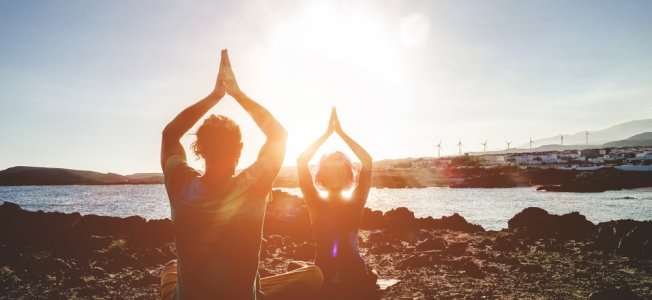

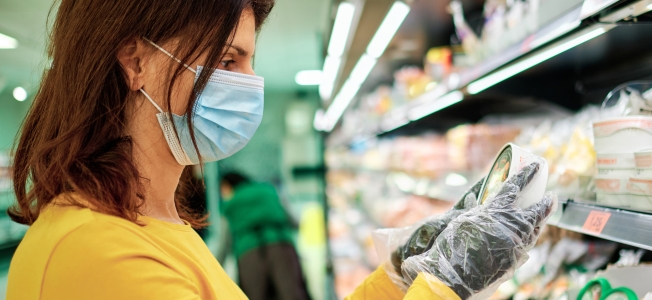
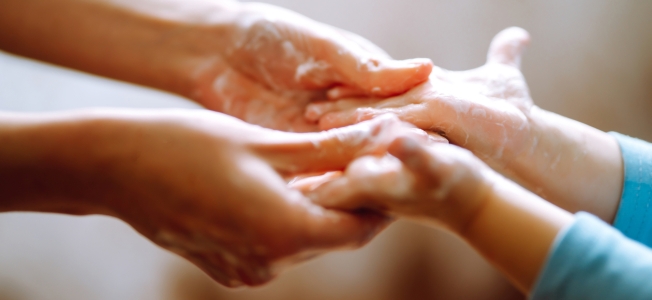

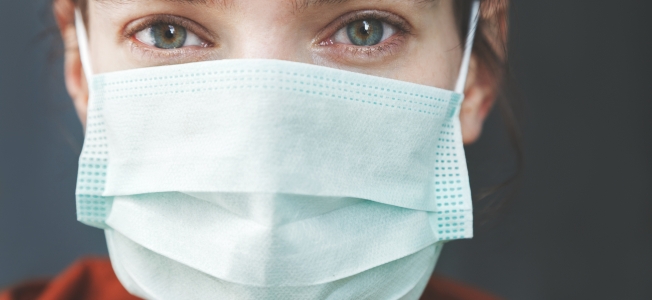

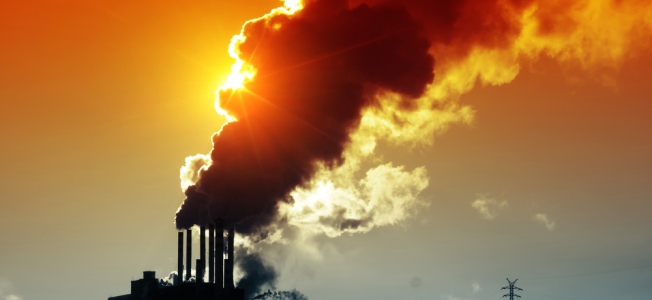






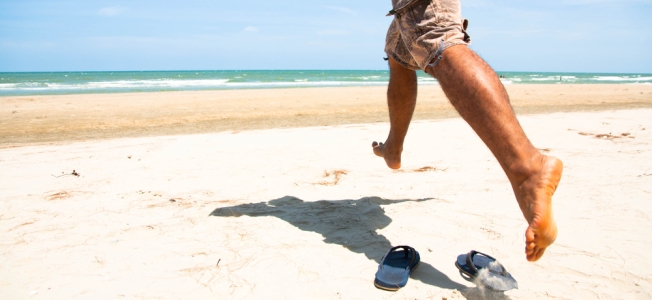



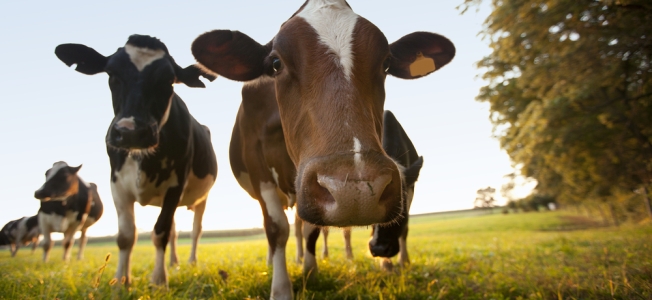















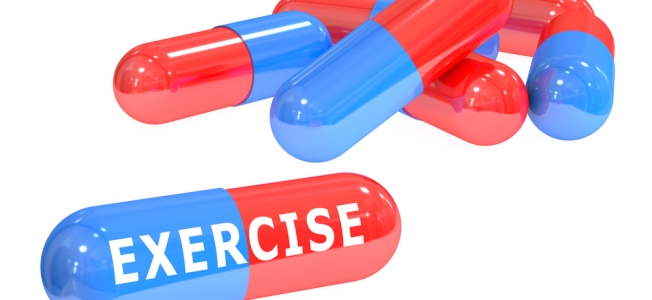







































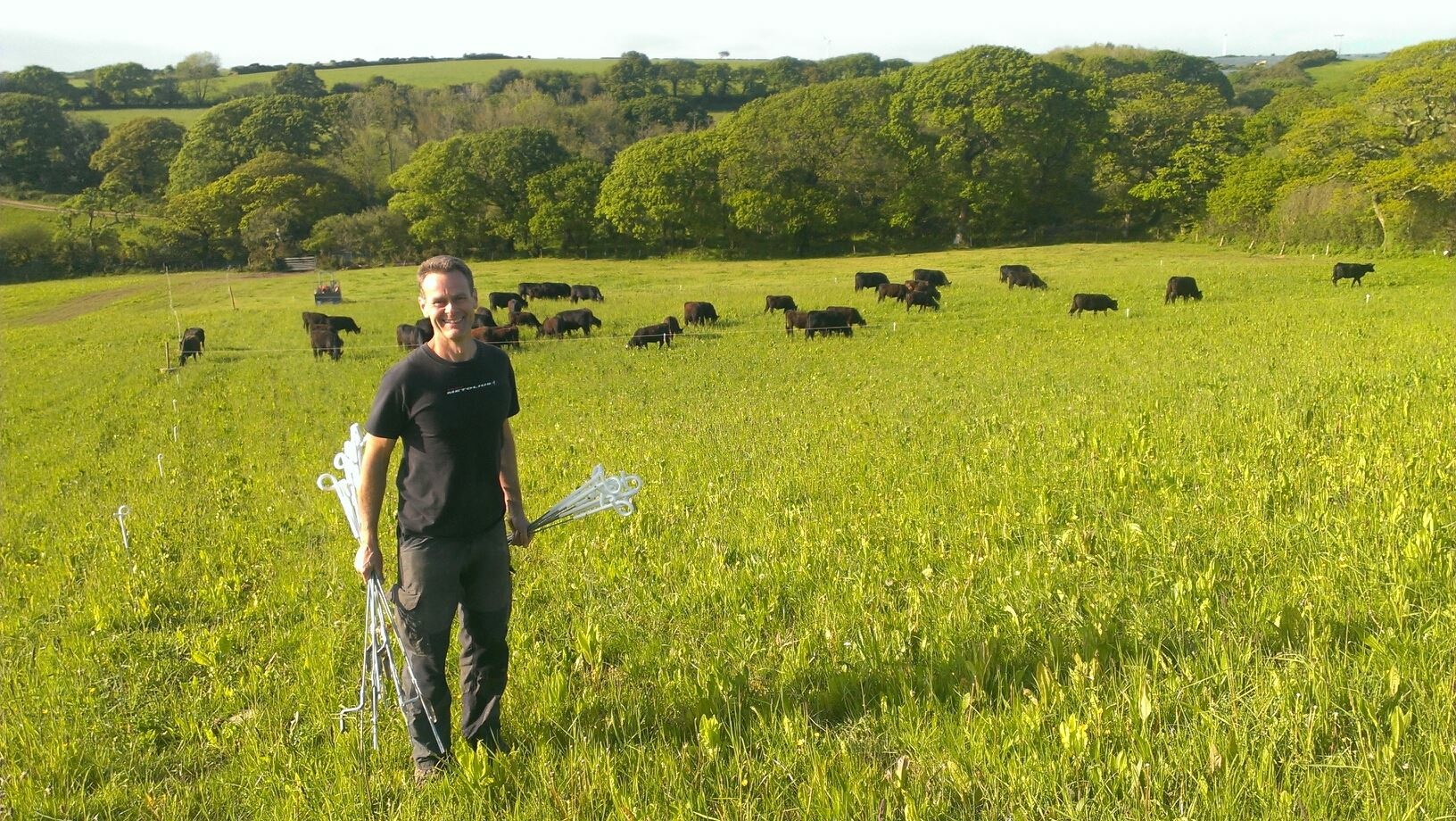








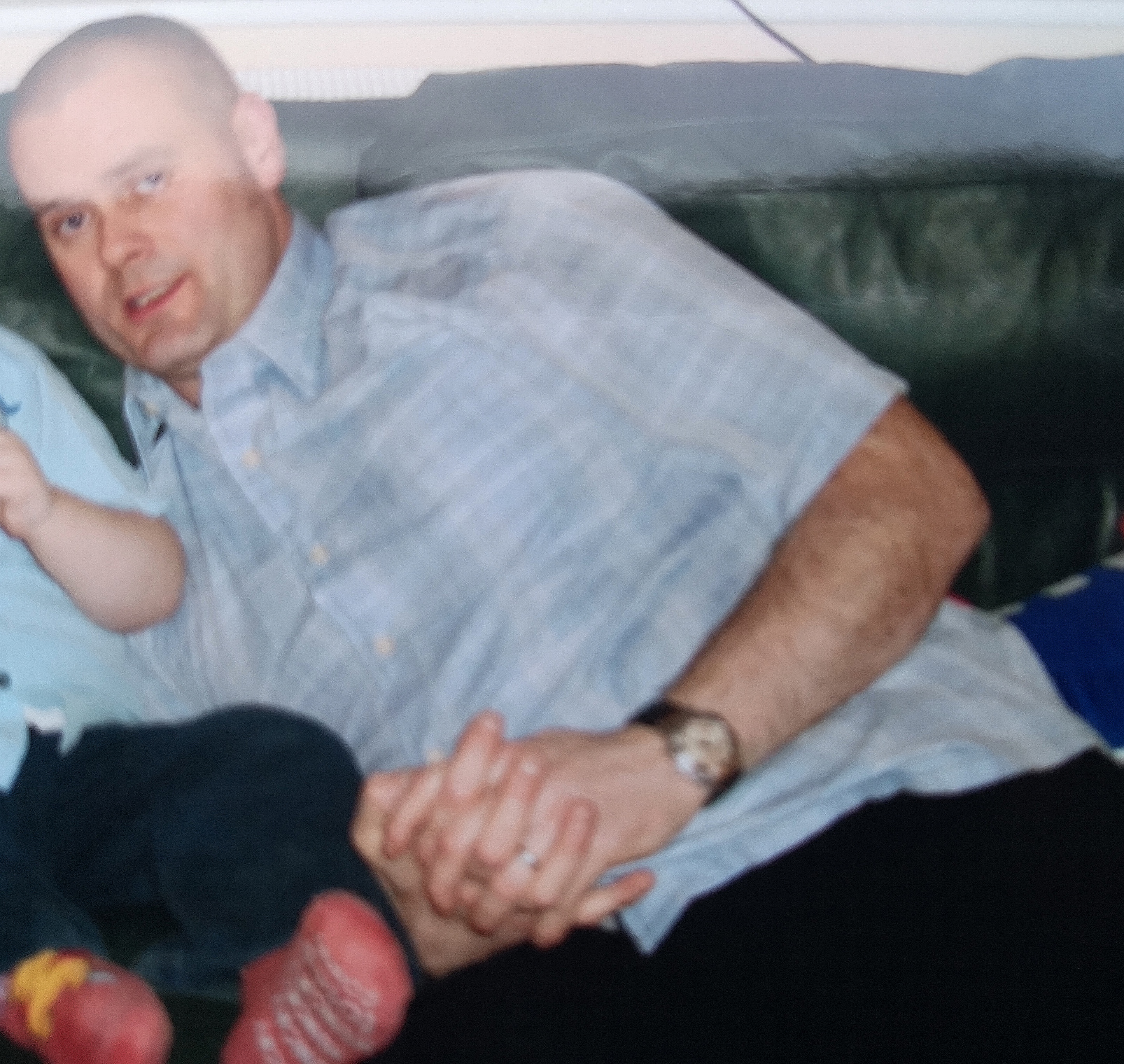


 mpacting the cabbage down hard underneath the…
mpacting the cabbage down hard underneath the…



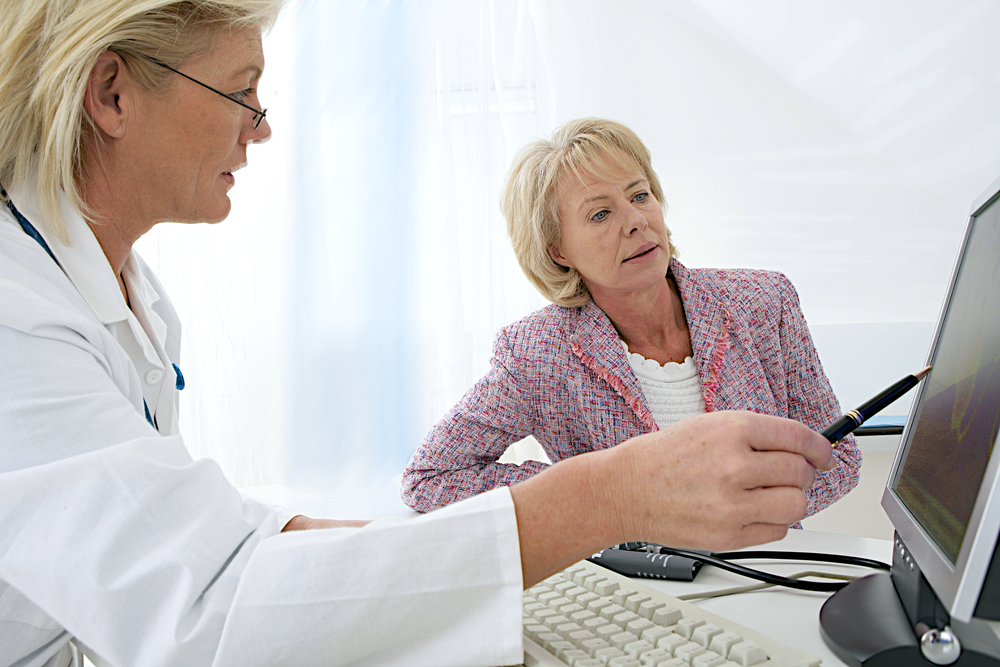

 A significant proportion of the calories we eat don’t get absorbed into the bloodstream for use by our bodies. Instead, the food is eaten by the microbes further down in our colon. As the microbes eat the food they produce waste products. The waste products are important communication molecules.
A significant proportion of the calories we eat don’t get absorbed into the bloodstream for use by our bodies. Instead, the food is eaten by the microbes further down in our colon. As the microbes eat the food they produce waste products. The waste products are important communication molecules.



